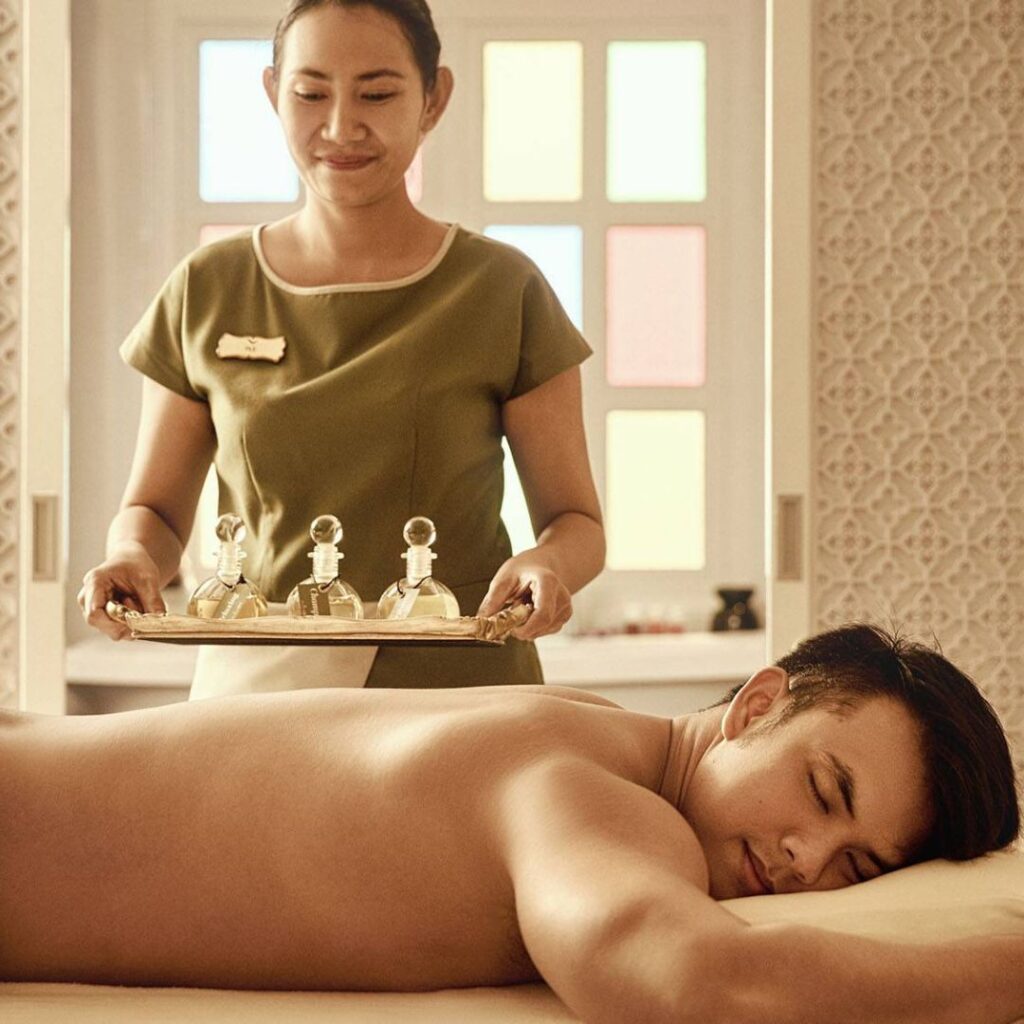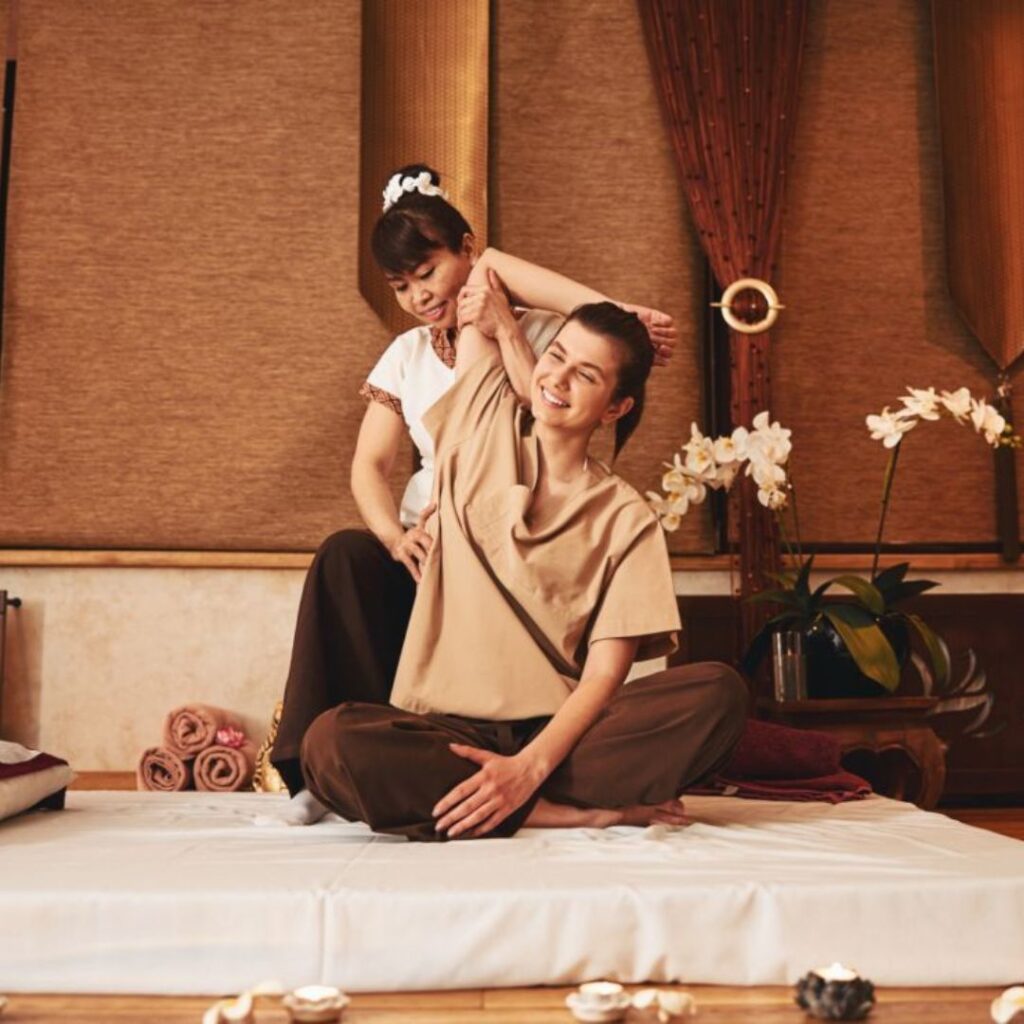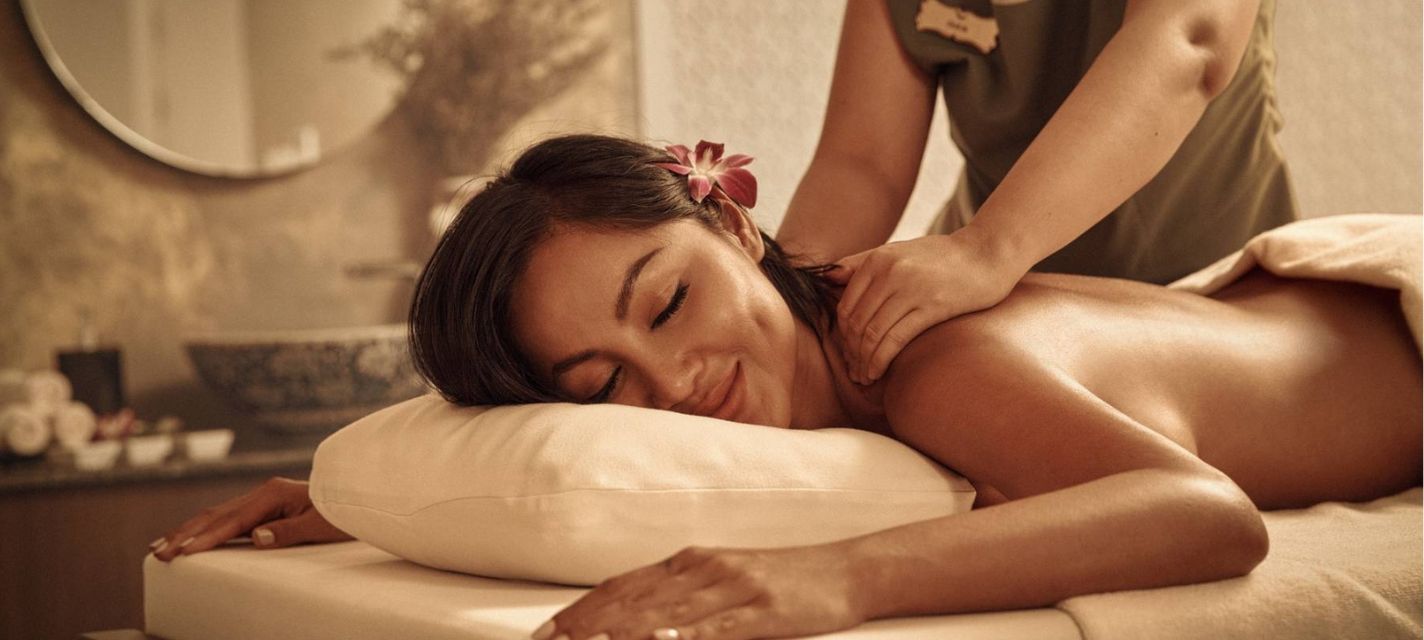Traditional Thai massage, known as “Nuad Thai,” is more than just a relaxation technique; it is an ancient healing practice that combines elements of yoga, acupressure, and energy work. Originating over 2,500 years ago in Thailand, this unique form of massage has evolved into an art deeply rooted in Thai culture and spirituality. Today, many aspiring massage therapists from around the world travel to Thailand to learn from the best and experience the authentic techniques passed down through generations.
Origins and Philosophy of Thai Massage
Thai massage is said to have originated from the teachings of Jivaka Kumar Bhaccha, a revered physician and friend of the Buddha. Blending principles from traditional Chinese medicine and Indian Ayurvedic practices, Thai massage is designed to restore balance to the body’s energy, or “Sen” lines, which are similar to the meridians in Chinese medicine. According to Thai tradition, maintaining the free flow of energy within these lines is crucial for physical, emotional, and spiritual well-being.

The Techniques and Practices
Thai massage is distinct from other types of massage due to its interactive and rhythmic techniques. Unlike Western massages, which primarily involve the manipulation of soft tissues, Thai massage is performed on a mat on the floor, with the client fully clothed. The practitioner uses their hands, elbows, knees, and even feet to apply pressure along the Sen lines, gently stretching and compressing the body.
A typical Thai massage session involves a series of deep stretches and postures inspired by yoga, where the therapist often guides the client into different positions. This combination of movements helps increase flexibility, relieve muscle tension, and improve circulation. Each movement is performed with mindfulness, focusing on the breath to create a sense of harmony and relaxation. It is often said that Thai massage is like “passive yoga,” allowing clients to experience the benefits of yoga without actively performing the movements themselves.
Learning from the Masters in Thailand
For those who wish to truly master the art of Thai massage, studying in Thailand provides an immersive experience that goes beyond technique. Thailand is home to some of the most renowned massage schools in the world, including the Wat Pho Thai Traditional Medical School in Bangkok, widely regarded as the birthplace of Thai massage. Here, students learn not only the physical aspects of Thai massage but also the spiritual elements that make it unique.
Training in Thailand offers aspiring practitioners the opportunity to learn from masters who have dedicated their lives to this ancient art. The teaching often includes traditional wisdom and a deep respect for the cultural heritage of Thai healing. Students also have the chance to learn the importance of energy flow, spiritual focus, and mindfulness in delivering an authentic Thai massage experience.

Benefits of Traditional Thai Massage
One of the greatest appeals of Thai massage is its holistic approach to wellness. The benefits extend beyond relaxation, targeting the physical, mental, and emotional well-being of the client. Regular Thai massage sessions can help alleviate chronic pain, reduce stress, and improve flexibility, making it an effective therapy for those with active lifestyles or those seeking a natural approach to pain management.
Conclusion
The art of traditional Thai massage is a blend of ancient wisdom, physical skill, and cultural heritage. For those who wish to master this healing technique, learning from the best in Thailand offers a unique and fulfilling experience. Whether practiced as a career or a personal journey, Thai massage is a rewarding discipline that brings balance and harmony to the body and mind, carrying on a legacy that has endured for centuries.

